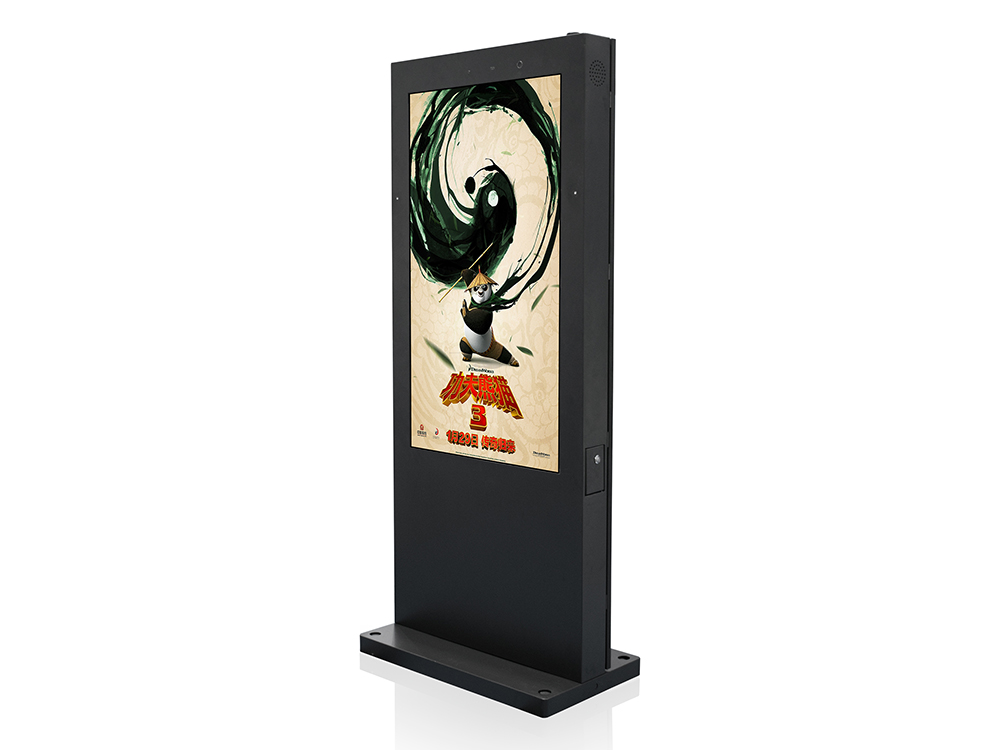Frequently Asked Questions about Digital Signage
Frequently Asked Questions about Digital Signage.In the modern world of advertising and information display, digital signage has become a ubiquitous presence, revolutionizing how businesses communicate with their customers. From shopping malls to airports, restaurants to corporate offices, these digital displays offer a dynamic and engaging platform for conveying messages. However, as with any emerging technology, there are often questions and uncertainties about its use and implementation. In this article, we address some of the most frequently asked questions about digital signage, providing clarity and insight into this transformative communication tool.

1. What is digital signage?
Digital signage refers to electronic displays that are used to showcase advertising, information, or other forms of messaging. These displays can range from small screens in retail stores to large-format video walls in public spaces. Digital signage allows content to be updated remotely and in real-time, offering a flexible and efficient way to reach target audiences.
2. What are the benefits of digital signage?
The benefits of digital signage are numerous and varied. Firstly, it enhances customer engagement by providing dynamic and interactive content that is more likely to capture attention than static signs. Additionally, digital signage enables businesses to update their messaging instantly, reflecting changes in promotions, prices, or other relevant information. This real-time capability ensures that customers always receive the most up-to-date information, improving their overall experience.
Furthermore, digital signage is highly versatile, allowing businesses to tailor their content to specific locations, times of day, or even individual customers. This targeting capability maximizes the effectiveness of messaging and can lead to increased sales and brand awareness.
3. How does digital signage work?
Digital signage systems typically consist of three main components: the display screen, the media player, and the content management system (CMS). The display screen is the visible part of the system, responsible for showing the content to the audience. The media player, often a small computer or specialized hardware, stores and plays the content on the display. Finally, the CMS is a software platform that allows users to remotely manage and update the content on the displays.
4. What types of content can be displayed on digital signage?
Digital signage is highly versatile in terms of the content it can display. Common types of content include advertising messages, promotional videos, product information, news updates, and even social media feeds. Additionally, interactive content such as wayfinding maps, menus, or directories can enhance the customer experience by providing useful and engaging information.
5. How much does digital signage cost?
The cost of digital signage varies depending on several factors, including the size and complexity of the system, the quality of the displays, and the features offered by the CMS. Smaller, more basic systems may cost less, while larger, more advanced systems with multiple displays and interactive features may have a higher price tag. It's important to consider the specific needs and budget of your business to determine the right investment level.
6. How do I choose the right digital signage system for my business?
Choosing the right digital signage system involves considering several key factors. First, determine the purpose of the system and the type of content you plan to display. This will help you identify the necessary features and capabilities. Next, consider the location and environment where the displays will be installed, as this can affect the type and size of the screens you choose. Additionally, evaluate the ease of use and reliability of the CMS, as this will be crucial for managing and updating your content. Finally, consider your budget and long-term goals to ensure that the system you select aligns with your business objectives.
7. Is digital signage suitable for all businesses?
Digital signage can be beneficial for a wide range of businesses, but it may not be suitable for all. The effectiveness of digital signage largely depends on the ability to engage customers through dynamic and relevant content. Businesses that have a high volume of foot traffic, such as retail stores, restaurants, or entertainment venues, are likely to see significant benefits from digital signage. However, businesses with a lower volume of customers or a more targeted audience may need to carefully consider the potential return on investment.
8. How do I create content for digital signage?
Creating content for digital signage involves several steps. Firstly, identify your key messages and the goals you want to achieve with your content. Then, determine the best format and style for delivering these messages, considering factors like your target audience and the environment where the content will be displayed. You can create content using professional design software or even basic presentation tools, depending on your skill level and the complexity of the content. Remember to optimize your content for the specific display resolution and aspect ratio of your digital signage system.
In conclusion, digital signage offers businesses a powerful and versatile tool for communicating with their customers. By understanding the basics of digital signage and considering the specific needs and goals of your business, you can harness the full potential of this technology to enhance customer engagement, drive sales, and build brand awareness.
Application scenarios of digital signage








